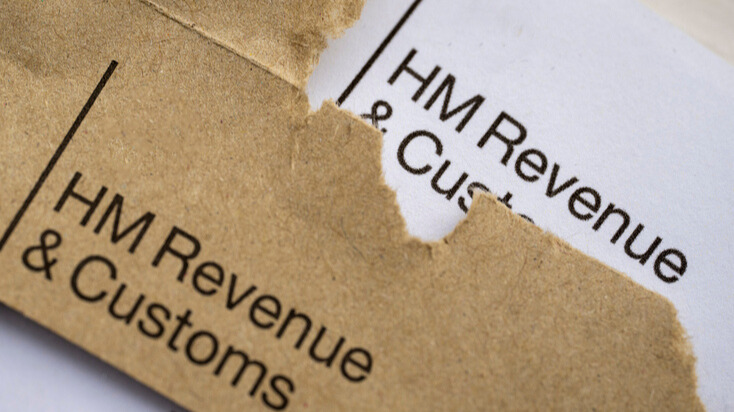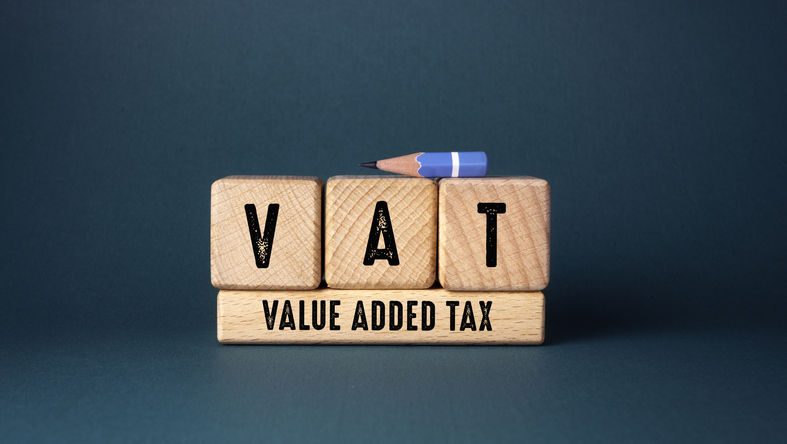HMRC is doubling the length of time it takes to payout on R&D tax relief claims from one month to two months.
Small businesses face having to wait longer for R&D tax relief because of a rise in fraudulent or wrongly filled out applications.
The taxman is asking for additional information to check merits of claims for the R&D tax credits claimed by small and medium-sized businesses, which totalled £5.9bn in the year to April.
>See also: Sunak eyes reining in small business R&D tax credits
Fraudulent claims increased to 4.9 per cent of all claims by smaller businesses in the year to April, at an estimated cost of £469m.
That was up from £336m (3.6 per cent) of all claims the previous year.
The Office for Budget Responsibility estimates that the cost of the reliefs will increase from £7.7bn in 2021-22 to £11.9bn in 2026-27.
Back in March it was reported that then chancellor Rishi Sunak wanted to tighten up which companies qualify for tax breaks on research and development, as the amount spent by smaller companies on R&D has actually gone down since the tax credit was introduced in 2000.
How to ensure your R&D tax relief gets paid
- Pre-notify your intention to claim no later than six months before the financial year-end. This will apply for accounting periods beginning on or after April 1, 2023.
- If your accountant is unsure about claiming research and development tax credits, there are specialist advisers:
RDS
Haysmacintyre
Catax
Leyton - Do not include expenses that are ineligible for relief. Broadly the following R&D activities qualify:
– Software development
– Designing new products
– Precision engineering
– Products with new materials
– Enhancing existing products or technologies
– Typical R&D expenditures can cover staff costs and subcontractor costs





